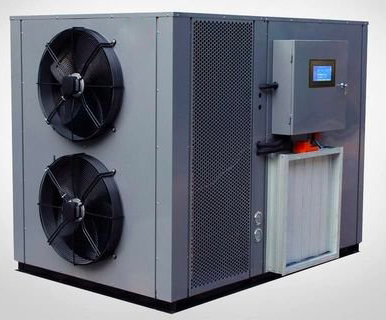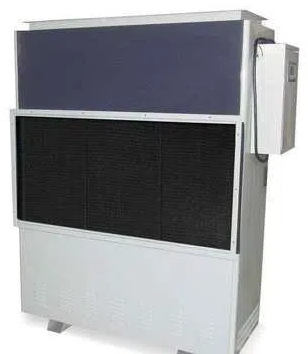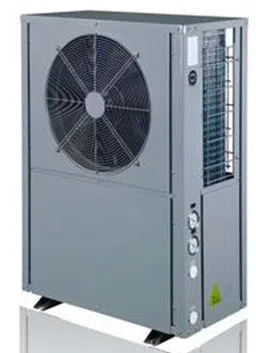
Content Menu
● Introduction
● Understanding Heat Pump Dryer Technology
● Ventilation Requirements and Installation
● Energy Efficiency and Environmental Impact
● Maintenance and Care
● Advantages and Limitations
● Conclusion
● Frequently Asked Questions
>> 1. Q: Do heat pump dryers require professional installation?
>> 2. Q: How much energy do heat pump dryers save compared to conventional dryers?
>> 3. Q: Where can I install a heat pump dryer?
>> 4. Q: How long do heat pump dryers last?
>> 5. Q: Do heat pump dryers need a water connection?
Introduction
Heat pump dryers represent a revolutionary advancement in laundry technology, offering an innovative solution to traditional clothes drying methods. These sophisticated appliances have gained significant popularity due to their energy efficiency and flexible installation options. Understanding their ventilation requirements and operational principles is crucial for homeowners considering this modern appliance option.
Understanding Heat Pump Dryer Technology
Heat pump dryers operate on a closed-loop system that fundamentally differs from conventional dryers. They use advanced heat exchange technology to remove moisture from clothes while recycling the same air throughout the drying cycle. This system comprises several key components, including a heat pump, condenser, evaporator, and compressor, working in harmony to deliver efficient drying performance while consuming significantly less energy than traditional dryers.
The technology works by extracting warm air from the clothes, removing the moisture through condensation, and then reheating the air before circulating it back through the drum. This process continues until the clothes reach the desired dryness level, all while maintaining lower temperatures that help protect fabric quality.

Ventilation Requirements and Installation
One of the most significant advantages of heat pump dryers is their ventless design. Unlike conventional dryers that require external venting to expel hot, humid air, heat pump dryers process and recycle the air internally. This design feature offers remarkable flexibility in terms of installation locations, making them ideal for apartments, condominiums, or any space where external venting isn't possible or practical.
The installation process is straightforward, requiring only:
- A standard electrical outlet
- Adequate space for the unit
- Proper clearance for air circulation
- A method for water drainage (either through a drain hose or collection tank)
Energy Efficiency and Environmental Impact
Heat pump dryers stand out for their exceptional energy efficiency. By reusing heated air and operating at lower temperatures, these appliances can reduce energy consumption by up to 50% compared to conventional dryers. This efficiency not only translates to lower utility bills but also contributes significantly to reducing environmental impact.
The environmental benefits include:
- Reduced carbon footprint through lower energy consumption
- No external heat or moisture venting into the atmosphere
- Lower operating temperatures that extend clothing lifespan
- Decreased overall household energy usage

Maintenance and Care
Maintaining a heat pump dryer requires different considerations compared to traditional vented models. Regular maintenance ensures optimal performance and longevity of the appliance. Key maintenance tasks include:
- Regular cleaning of the condenser unit
- Emptying the water collection container (if not directly plumbed)
- Cleaning the lint filter after each use
- Checking and cleaning the heat exchanger periodically
- Ensuring proper airflow around the unit
Advantages and Limitations
Understanding both the benefits and limitations of heat pump dryers helps in making an informed decision:
Advantages:
- No need for external ventilation
- Significant energy savings
- Gentle on clothes due to lower drying temperatures
- Flexible installation options
- Reduced environmental impact
Limitations:
- Higher initial purchase cost
- Longer drying cycles
- Regular maintenance requirements
- Space needed for condensation collection
Conclusion
Heat pump dryers represent a significant advancement in laundry technology, offering an energy-efficient, ventless solution for modern homes. While they require no external ventilation, understanding their proper installation and maintenance requirements is crucial for optimal performance. The initial investment may be higher, but the long-term benefits in energy savings and environmental impact make them an excellent choice for environmentally conscious consumers.

Frequently Asked Questions
1. Q: Do heat pump dryers require professional installation?
A: No, heat pump dryers typically don't require professional installation as they only need a standard electrical outlet and proper space for ventilation around the unit.
2. Q: How much energy do heat pump dryers save compared to conventional dryers?
A: Heat pump dryers can save up to 50% on energy consumption compared to traditional vented dryers.
3. Q: Where can I install a heat pump dryer?
A: Heat pump dryers can be installed anywhere with adequate space and a power outlet, as they don't require external venting.
4. Q: How long do heat pump dryers last?
A: With proper maintenance, heat pump dryers can last 10-15 years or more.
5. Q: Do heat pump dryers need a water connection?
A: No, heat pump dryers don't need a water connection, but they do need a way to dispose of condensed water, either through a drain hose or collection tank.












